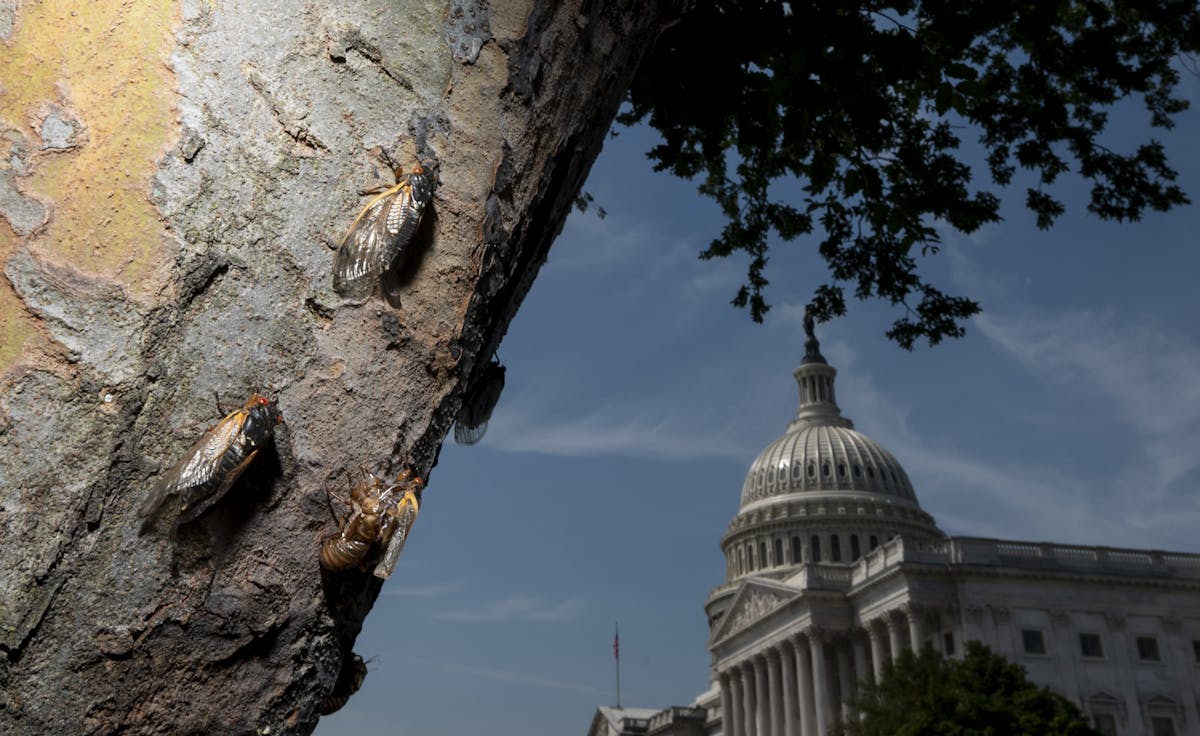TORRINGTON – There is no doubt about it, Goshen County is full of talented youth. The Torrington-Lingle FFA Chapter and their advisor Jason Groene and his assistant, Sabrina Juma recently …
The Torrington High School golf team hosted its spring tournament at Cottonwood Country Club today.
The Lingle-Fort Laramie track team rose to the occasion at the Scottsbluff Twilight on Friday.
The Torrington High School outdoor track team filled its bag with plenty of hardware, new personal records and school records at Scottsbluff on Friday.
The Eastern Wyoming College Rodeo team rounded out its spring season in Laramie.
The Torrington High School Blazers defeated Newcastle in a decisive conference game on Friday.
The Torrington High School Lady Blazers battled Newcastle in a conference game on Friday.
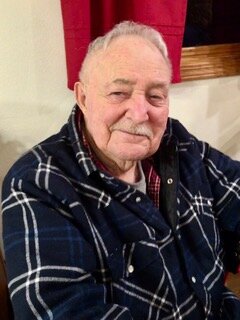
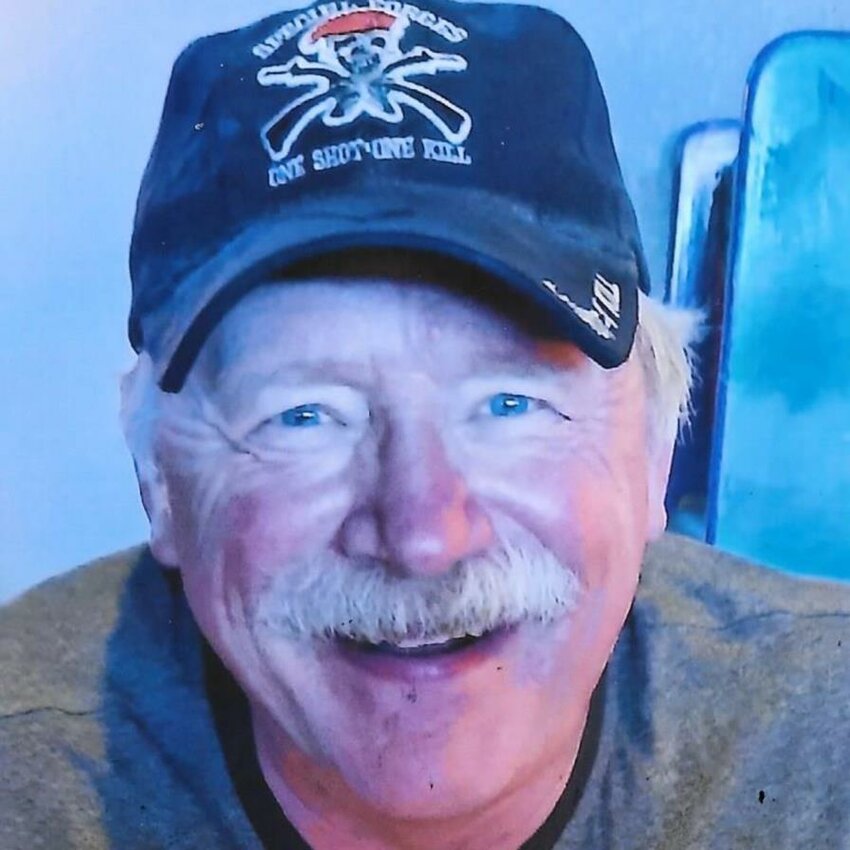
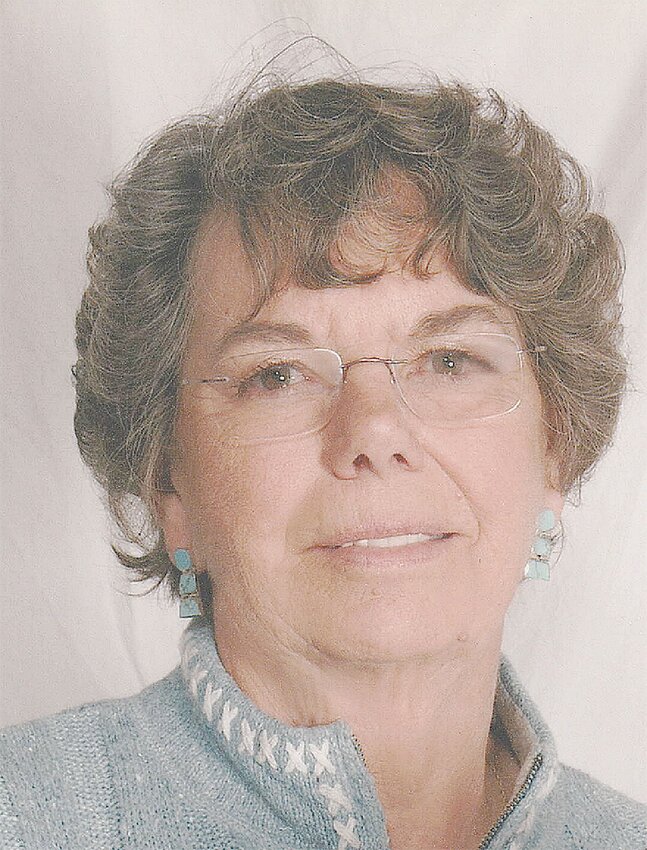
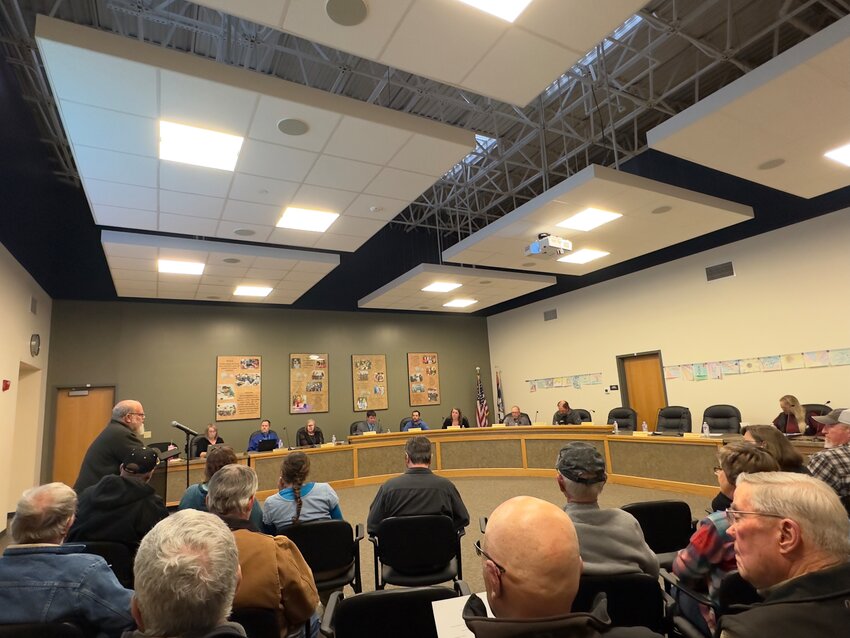

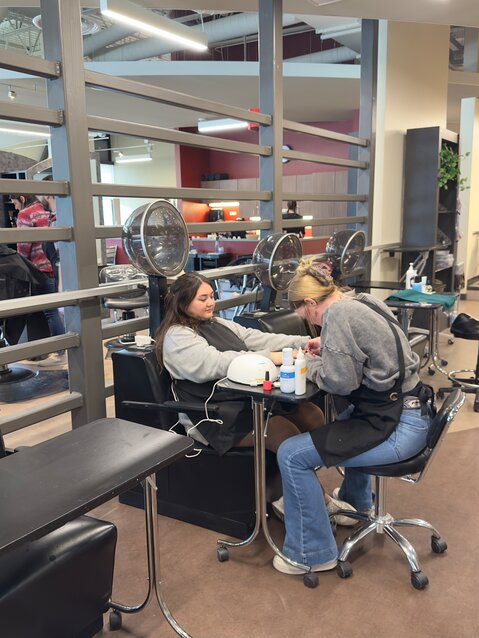
FOr the telegram April 14 Dimakopoulos, Jason K. – Forfeiture: $140 [31-5-301 c (2)] vehicle superintendent’s speed zone (6+ mph over). April15 Kilgore, Kendall M. …
A compendium of Goshen County emergency response and service calls Friday, April 19th – Saturday, April 20th 00:05-Community contact-Officer initiated activity at E Valley …
TORRINGTON – The Town Council for the City of Torrington met on Tuesday, April 16. In attendance were mayor Herb Doby and councilmembers Dr. Richard Patterson, Dennis Kelly, Shane Viktorin, and …
CHEYENNE – In a recent press release, Wyoming Secretary of State, Chuck Gray, announced his disapproval of the actions of Wyoming State Governor, Mark Gordon. In the release, Gray criticizes …
CHEYENNE – Governor Mark Gordon is criticizing an announcement from the Department of Interior last week that will increase the costs to oil and gas companies seeking to drill on …
LARAMIE – The University of Wyoming’s small but mighty collegiate wool judging team competed in three regional contests this year, beginning with a strong performance at the 7220 Wool …
Eastern oming College named 122 students on the college’s Fall 2023 President’s Honor Roll and the Dean’s List. The President’s Honor Roll recognizes full time students (12 or more credit hours) who achieved a 4.0 grade point average. To qualify for the Dean’s Honor Roll, students must be full time and achieve a grade point average of 3.5, but less than 4.0.
Lincoln spring program pictures
LINGLE – The community of Lingle gathered Wednesday, April 24 at 5:30 p.m. in celebration of Arbor Day, which was to be held at Lira Park however a few thunderstorms in and around the area …
TORRINGTON – Easter Wyoming College invites everyone to the 75th Anniversary Bands on Campus/Car Show Wednesday, May 1 from 5-8 p.m. at the main campus in Torrington. There will be live music, …
Solar project to bring 250 jobs
GOSHEN COUNTY – In a recent letter to the editor, Go Goshen’s chief executive officer, Brayden Connour addressed the solar project which is slated near Yoder, stating the company plans on …


